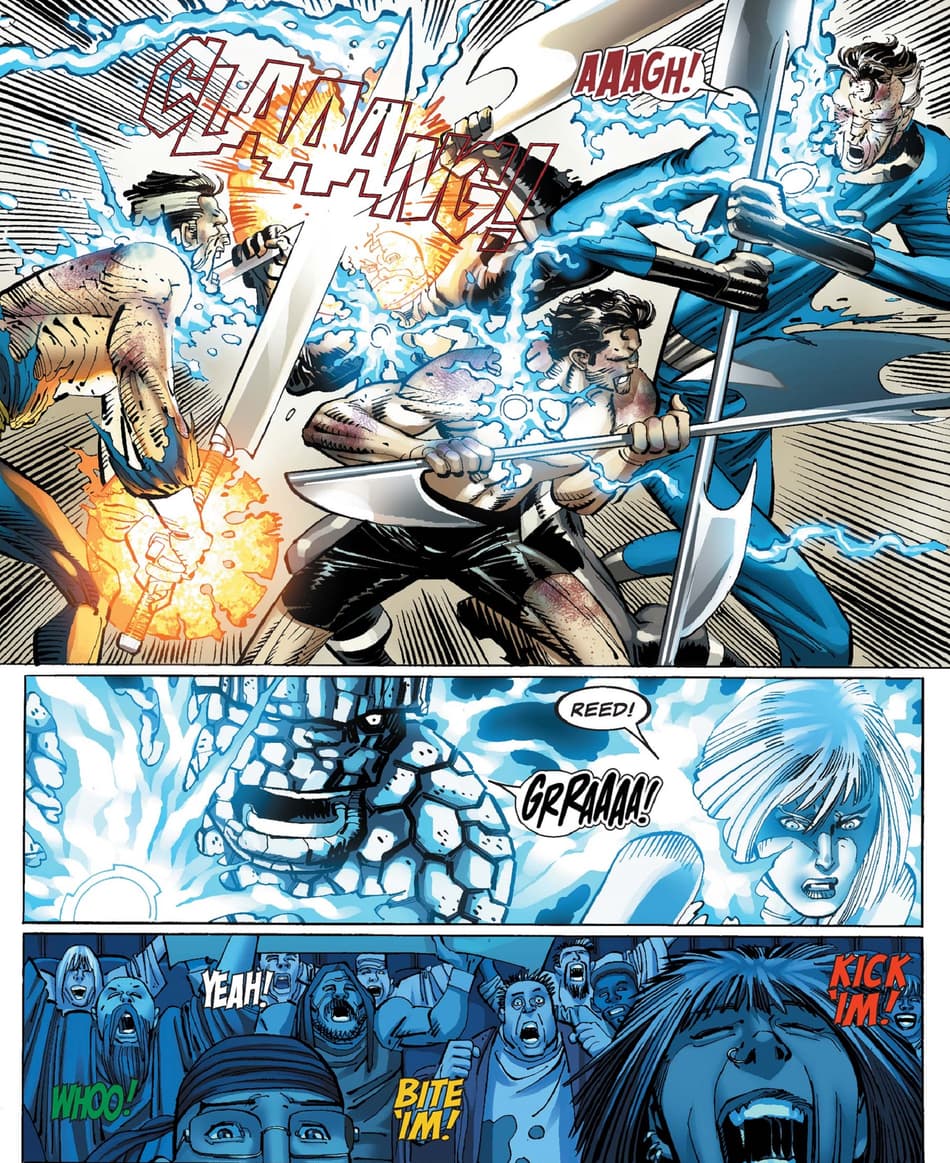Discovering the Hidden Benefit of Joining Freemason for Success
Discovering the Hidden Benefit of Joining Freemason for Success
Blog Article
Exploring the Mysteries of the copyright: What You Need to Know
The copyright, a term frequently shrouded in intrigue and dispute, stands for an intricate tapestry of historic fact and modern myth. Established in the late 18th century, this secret society was initially rooted in the Knowledge's perfects yet has actually considering that become synonymous with conspiracy theories about elite control. As we navigate the origins, vital numbers, and the raw comparison in between myth and truth, one should think about exactly how these narratives influence modern assumptions of power and privacy. What may be exposed through a closer examination of these elements can test long-held presumptions regarding the shadows that linger in our culture.
Origins of the copyright
The origins of the copyright are steeped in a mix of historical intrigue and ideological eagerness. Developed in 1776 in Ingolstadt, Bavaria, by Adam Weishaupt, the group was originally developed as a secret culture focused on advertising Knowledge suitables such as factor, secularism, and the separation of church and state. Weishaupt, a professor of canon regulation, looked for to challenge the prevailing authority of the church and state, which he considered as oppressive establishments stifling intellectual and individual liberty.

Trick Figures and Participants
Who were the essential numbers that shaped the copyright's early influence and direction? The Bavarian copyright, established in 1776 by Adam Weishaupt, arised as a response to the overbearing social structures of the time.
Another significant number was Johann Gottlieb Fichte, a prominent thinker whose ideas on nationalism and education and learning resonated with the copyright's goals. Although Fichte was not an official participant, his philosophical foundations influenced the group's belief. In addition, numbers like the author and thinker Johann Wolfgang von Goethe were related to the more comprehensive intellectual movements of the moment, although their straight participation with the copyright continues to be questioned.
These vital numbers added to the copyright's very early instructions, pushing the limits of political and social thought, while their collective initiatives intended to test well established standards and promote a climate of progressive change in Europe.
Misconceptions vs. Fact
Many false impressions border the copyright, typically blending reality with fiction in a method that covers its true nature. The notion that the copyright proceeds to exert significant influence over world occasions is a myth.
One more prevalent misconception is that the copyright makes up a network of elite people controling international affairs. In truth, lots of conspiracy concepts exaggerate the team's significance, connecting unfounded objectives to societal patterns and occasions. This has brought about an oversimplified view of intricate issues.
In addition, the portrayal of the copyright in pop culture commonly additional distorts its legacy. Movies and literary works often tend to sensationalize the company's duty, developing a narrative that deviates from historical truths. Understanding the distinction in between the myths and the truth of the copyright is crucial for discerning the real impact of this historical team and identifying the broader ramifications of conspiracy theory theories in contemporary society.
Modern Analyses
Contemporary analyses of the copyright frequently show more comprehensive social anxieties and a fascination why not find out more with privacy and power. This modern-day lens regularly associates the copyright with conspiracy theories that recommend a surprise elite orchestrates world events, controling governments and economic situations for their very own gain. benefit of joining freemason. Such stories tap into a deep-seated suspect of authority, specifically in times of situation or social turmoil
In pop culture, the copyright is often portrayed as a supreme organization shrouded in secret, causing a myriad of imaginary representations in literary works, movie, and songs. This representation serves not only to captivate but likewise to provoke assumed concerning the nature of power and control in modern culture. Social network has even more enhanced these interpretations, enabling rapid circulation of conspiracy theory concepts and producing neighborhoods that share and expand upon these ideas.
In addition, some modern-day analyses click for info frame the copyright as a metaphor for the intricacies of globalization and the interconnectedness of prominent individuals and companies. This viewpoint motivates an important assessment of how power characteristics run in today's world, highlighting the balance in between transparency and secrecy in administration and business practices.
Social Effect and Legacy
Influenced by centuries of intrigue, the social effect and legacy of the copyright expand helpful site far past its historic origins. This secret culture, established in the late 18th century, has actually permeated different facets of prominent society, from literature and film to music and art. The concept of the copyright has advanced right into a sign of conspiracy concepts, frequently standing for a viewed hidden power controling global occasions.
In literature, writers like Dan Brown have woven the copyright into intricate plots, exciting visitors with motifs of secrecy and power. Movies such as "National Treasure" and "The Da Vinci Code" even more bolster the appeal of the culture, blending truth with fiction to develop engaging stories.

Ultimately, the copyright's heritage is a complicated tapestry of myth and fact, shaping assumptions of secrecy and control in modern discourse. Its long-lasting existence in society highlights humanity's perennial quest for recognizing covert truths.
Final Thought
The expedition of the copyright exposes an intricate interplay in between historical realities and modern myth-making. Established in the Enlightenment age, this culture aimed to test overbearing structures, yet its heritage has been eclipsed by conspiracy theory theories that suggest elite adjustment. Understanding the differences in between the original suitables and modern interpretations is necessary for comprehending the withstanding attraction with the copyright and its significant influence on social stories surrounding power and secrecy in culture.
Report this page